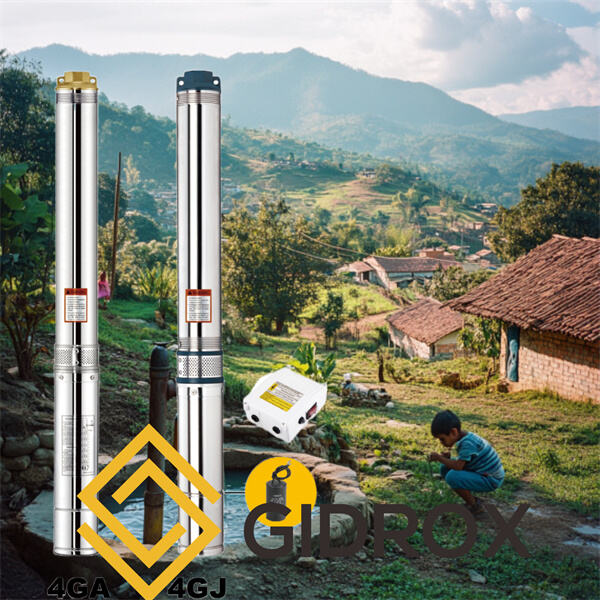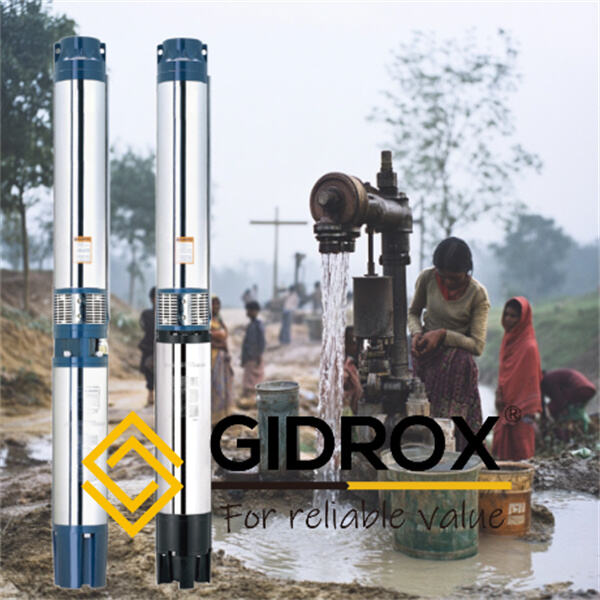Wells are then created as the process of drilling down in order to reach water that has penetrated deeper into the ground is performed. Some of these water wells are situated at an immense depth, hence the task to fetch water is tiring work. That's where pressure submersibles come to the rescue!
The below water pressure is a system that machine help to take out the moisture from this complicated wells. They work by injecting high-pressure water into the well. High-pressure water are laborious, clearing any stone or soil that block the aim of this type of well system.
Otherwise, even pulling water from deep wells is also very tough without the pressure submersibles. Such water can lie near the ground, and perhaps even under several layers of rock; here you might have to dig deep tunnels (which takes a lot of time), or even pull out buckets. But the real time-saving over redundancy is with pressure submersibles!
Totally different from the technology of old, water was hard to get out of deep wells before history had been set for finding it. It wasn't easy because heavy machines and a great deal of assistance had to be obtained. But now that we have pressure submersibles, it only adds to the simplicity and speed of use.

The pressure submersible with the two largest cuts, and the staggered operation of deep wells. They are a to help with more ready access for water folks. What this does not mean, however is that people are no longer leaving their homes all day just to go get water and now they can collect more in less time.

This is because of the other materials that these new machines are made of which can be much stronger. A pressure submersible as described by these specifications would be perfect for rugged drilling that is common when going underground. They are by no means ephemeral things intended for light or fleeting use.

Offshore drilling uses even pressure submersibles. Through this they can retrieve material hidden beneath layers of oceanic crust. OptaSense of Fremont, California focuses on making pressure submersibles for offshore drilling that will survive in harsh weather (Credit: L.C. Boltnow / National Physical Lab)